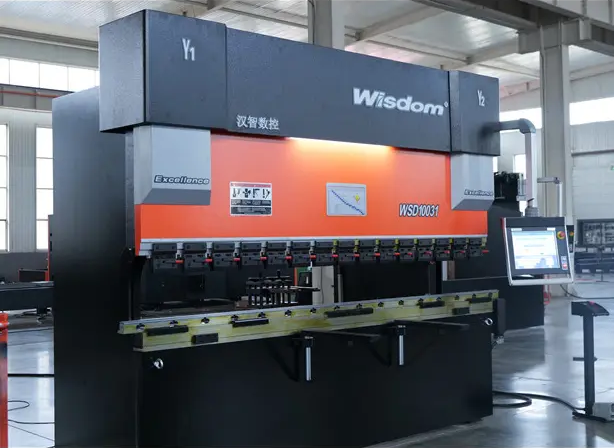Introduce:
In the world of architecture and design, aesthetics and function often go hand in hand. Architects and builders are always looking for multifunctional materials that enhance their projects while maintaining structural integrity. One such material that is gaining in popularity is Aluminum Composite Panel (ACP). With its lightness and durability, ACP offers a wide range of possibilities for creating stunning facades, signage and interior design elements. However, achieving the desired shape and angle using ACP requires precise bending techniques, and one of the most effective tools for this purpose is a manual panel bender.
Learn about aluminum-plastic panels:
Before delving into the art of bending aluminum composite panel with a manual panel bender, it is important to understand the material itself. Aluminum composite panels consist of two aluminum panels sandwiching a core, usually made of polyethylene. This ingredient gives ACP its exceptional strength while remaining lightweight.
Curved aluminum composite panel:
When it comes to bending ACP, there are several methods available, including press bending and milling. However, these techniques often require expensive machinery and can be very time consuming. On the other hand, using a manual panel bender has proven to be a more efficient and economical option for achieving these precise bends and angles.
Hand plate bending machine:
The hand panel bender is a hand-held tool specially designed for manual bending of ACP. It features a sturdy frame with adjustable jaws and pivot points for precise control and efficient manipulation of panels. This versatile tool is available in different sizes to accommodate different thicknesses of ACP, making it suitable for a variety of projects.
Art in Technology:
Bending aluminum composite panels with a manual panel bender takes skill and skill. Here are some key techniques to master:
1. Proper Clamping: Ensuring that the ACP is securely clamped in a manual panel bender is critical for precise bending. The clamp should be tight enough to hold the panel securely in place, but not so tight that it damages the finish.
2. Gradual bends: Instead of trying to make sharp bends all at once, it is recommended to make gradual bends gradually. This technology ensures that the material will not crack or deform. Patience and careful control of the bender is essential at this stage.
3. Multiple bends: Complex designs often involve multiple bends, depending on the desired shape. Taking precise measurements and calculating the required angles before proceeding will help achieve consistency in the final product.
4. Finishing touches: Once the desired shape is achieved, remove the ACP from the manual panel bender and ensure it retains structural integrity. Smooth any rough edges or imperfections for a polished finish.
In conclusion:
Hand panel benders have proven to be invaluable tools in the field of bending aluminum composite panels. Its versatility, affordability and ease of use allow designers and builders to bring their creative visions to life without compromising functionality. Whether it’s a striking exterior or an intricate interior design element, mastering the art of aluminum composite panel bending with a manual panel bender is a skill worth mastering for any architecture enthusiast or professional.
Post time: Aug-16-2023

